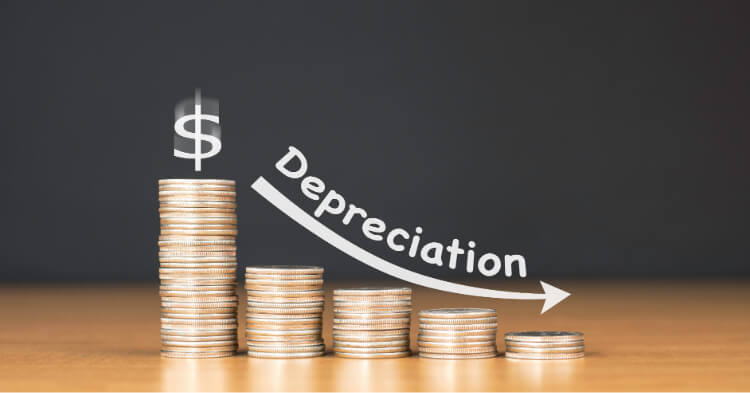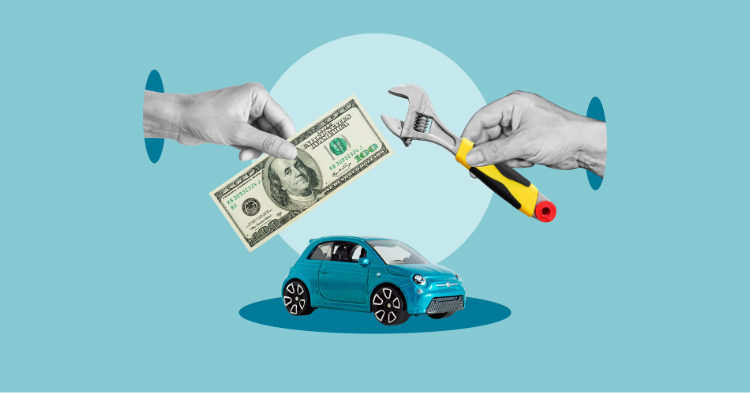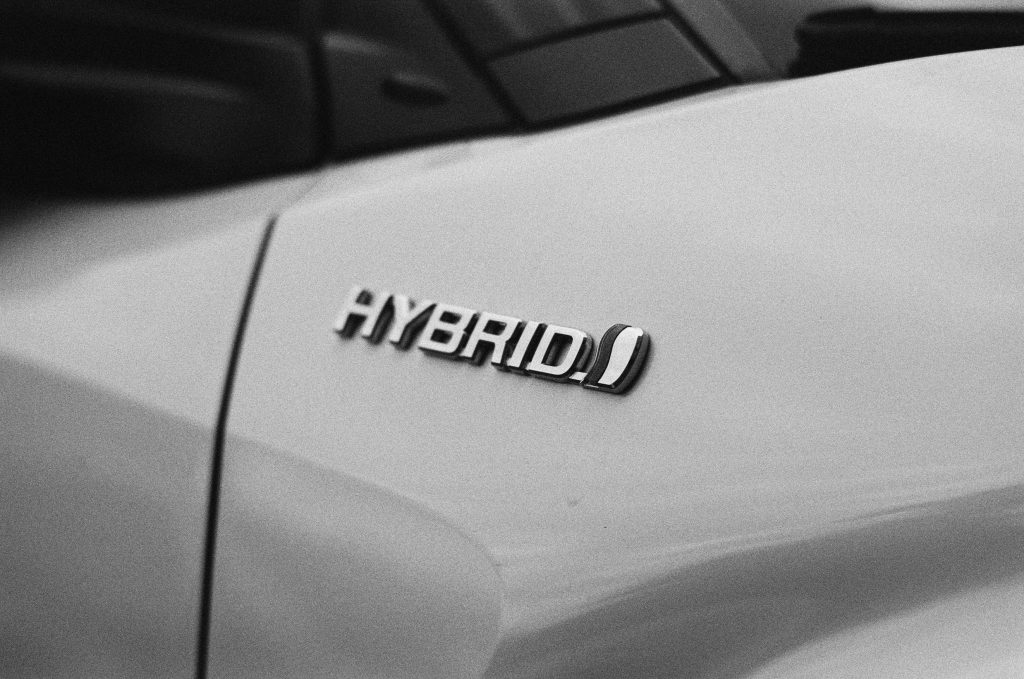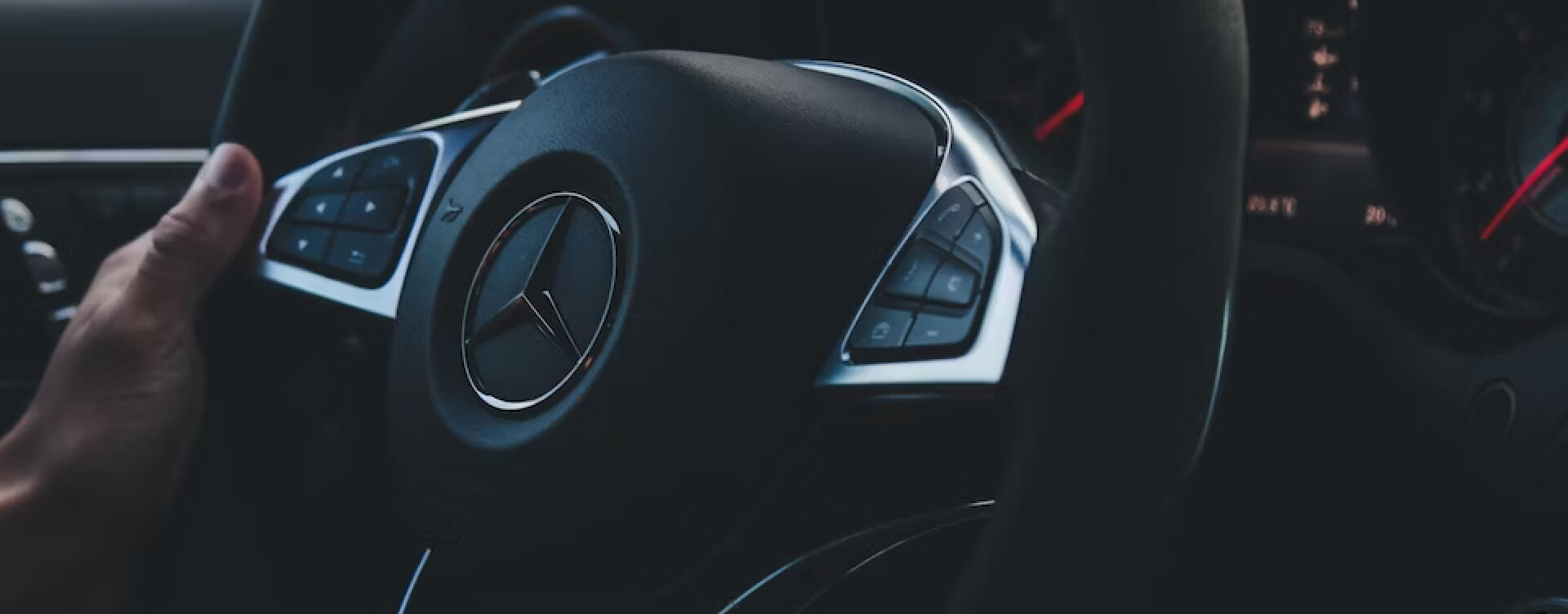Think your vehicle is building value just because you own it? Think again. Learn how depreciation, cost of ownership, and market trends determine whether your car helps—or hurts—your bottom line.

Ever wondered why your shiny new ride loses thousands in value the moment you drive it off the lot? Let’s break down the mystery behind car value depreciation, why it happens, and how you can slow it down to keep more money in your pocket.

In simple terms, depreciation is the decline in your car’s market value over time. Unlike wine or collectibles, most cars don’t get better with age. From the day you buy it, wear and tear, mileage, and market trends start eating away at its worth. It’s an unavoidable cost of car ownership, but understanding how it works can help you make smarter financial decisions.
Think of it like buying a brand-new phone. It’s exciting at first, but soon a newer model hits the shelves, making yours feel outdated. Cars work the same way. Newer models, evolving technology, and changing tastes cause older cars to lose their shine in the resale market.
Also, the moment you register a new car, it legally becomes “used” — and the used market always expects a discount. Even if you only drive it for a week, you’re unlikely to get the same price you paid for it brand new.
The older your car and the more miles on the odometer, the less it’s worth. A car with 150,000 miles screams “mechanic bills” to a potential buyer.
For example, two identical cars — one with 40,000 miles and one with 90,000 miles — can have thousands of dollars’ difference in resale value. Buyers know higher mileage means more wear on the engine, brakes, suspension, and more.
Not all cars are created equal. Some brands have a rock-solid rep for reliability — think Toyota, Honda, and Lexus — which helps them hold value longer than brands known for frequent breakdowns or costly repairs.
Luxury brands can be a double-edged sword. While a BMW or Mercedes might turn heads, they often cost more to repair, which can hurt resale value once the warranty expires.
What’s hot today may not be tomorrow. SUVs and trucks, for example, have been in high demand lately, which keeps their values higher than sedans in many parts of the US.
On the flip side, niche models — like convertibles in snowy climates — can be harder to sell and may lose value faster simply because there’s less demand.
A well-loved, clean, and properly serviced car keeps its value far better than a neglected rust bucket. Stains, dents, or skipped oil changes? Those are money vampires when it’s time to sell.
If you treat your car like a garbage bin on wheels, expect buyers to pay accordingly. On the other hand, detailed service records, a clean interior, and shiny paint can add hundreds — sometimes thousands — to your resale price.
Here’s a rough idea of how fast cars typically drop in value:
This means if you bought a $30,000 new car, it might only be worth about $12,000–$15,000 five years later. For many people, that’s a bigger hit than they expect.
New cars take the biggest hit early on. That’s why smart buyers often choose lightly used cars — someone else already paid for that first big drop. Used cars still lose value, but at a slower, more manageable pace.
A two- or three-year-old car can be a sweet spot: modern features without the instant 30% depreciation that comes with driving off the dealer’s lot.
Research is your best friend. Pick brands and models known for reliability and strong resale value. Sites like Kelley Blue Book and Edmunds offer depreciation forecasts for most makes and models.
Also, avoid unusual colors or niche trims — lime green cars or bright yellow sports cars may look cool now but can limit your buyer pool later.
A well-maintained car is a valuable car. Stick to oil changes, tire rotations, and fix small issues before they snowball. Keep receipts; buyers love proof you cared.
Think of it this way: would you buy a house if the owner ignored roof leaks and mold? Cars are the same. Preventive care keeps bigger problems at bay and proves to buyers that your car was treated right.
Aggressive driving leads to more wear and tear — and more repairs. Treat your car gently and it’ll return the favor when it’s time to sell.
Plus, safe driving helps you avoid accidents that can show up on a vehicle history report. Even minor fender benders can hurt resale value if your car’s record isn’t spotless.
Timing is everything. Selling before your car hits major mileage milestones (like 100,000 miles) can help you fetch a better price.
Also, consider market trends. Selling a convertible in summer might get you a better deal than in the dead of winter. Trucks and SUVs might fetch top dollar before winter storms hit.
In general, the sweet spot is between 3 to 5 years old. By then, you’ve gotten solid use out of it, but it hasn’t racked up the kind of miles that scare buyers away. Plus, new car warranties often last 3–5 years, so your buyer may still have coverage — a huge selling point.
One more tip: don’t wait until you need to sell fast. Desperation can lead to bad deals. Plan ahead and list your car while you still have time to negotiate the best price.
Leasing can be a clever way to dodge depreciation headaches. You basically “rent” the car for a few years, then hand it back. No worrying about resale value — but keep in mind, you’ll never build any equity either. It’s a trade-off worth considering.
Leases work best if you like driving new cars every few years and don’t mind sticking to mileage limits. For folks who rack up a lot of miles or like keeping cars for a decade, buying might still make more sense.
Car value depreciation is just a fact of life — but it doesn’t have to drain your wallet. By choosing your car wisely, taking care of it, and selling at the right moment, you can squeeze more value out of your ride and avoid some of the sting that comes with inevitable depreciation.
So next time you shop for a car, think ahead: treat your new wheels right today, and your future self will thank you tomo

Think your vehicle is building value just because you own it? Think again. Learn how depreciation, cost of ownership, and market trends determine whether your car helps—or hurts—your bottom line.

You’re staring at a $3,000 repair estimate for your 10-year-old car, wondering if you’re throwing good money after bad. This scenario plays out thousands of times daily across the country, leaving car owners grappling with one of the most common automotive dilemmas: is it cheaper to repair or replace your old car?

For years, minivans were seen as practical but bland—a reliable choice for families, but far from exciting. Fast forward to 2025, and the story has changed. Today’s minivans are smarter, better-looking, and packed with modern tech. More families are ditching the SUV trend and coming back to what really works.

webuyanycar.com, the leading car buying service, is proud to announce the purchase of its 400,000th vehicle in the United States. This milestone is a testament to the company’s commitment to providing an easy, fast, and transparent car-selling experience to its customers.

Curious about the best selling cars of 2024? Leading the pack are the Tesla Model Y, Toyota RAV4, and Ford F-Series. Dive in to see why these cars are the top picks for consumers this year.

Hybrid vehicles: you’ve probably heard of them, but do you know what makes them so unique? They’re not just a trend, they’re a testament to the evolution of automotive technology designed to enhance efficiency and sustainability. But let’s not stop at the surface. In this article, we will discuss hybrid vehicles and delve deeper into the world of hybrids and gain a comprehensive understanding of what makes them stand out in the world of automobiles.
